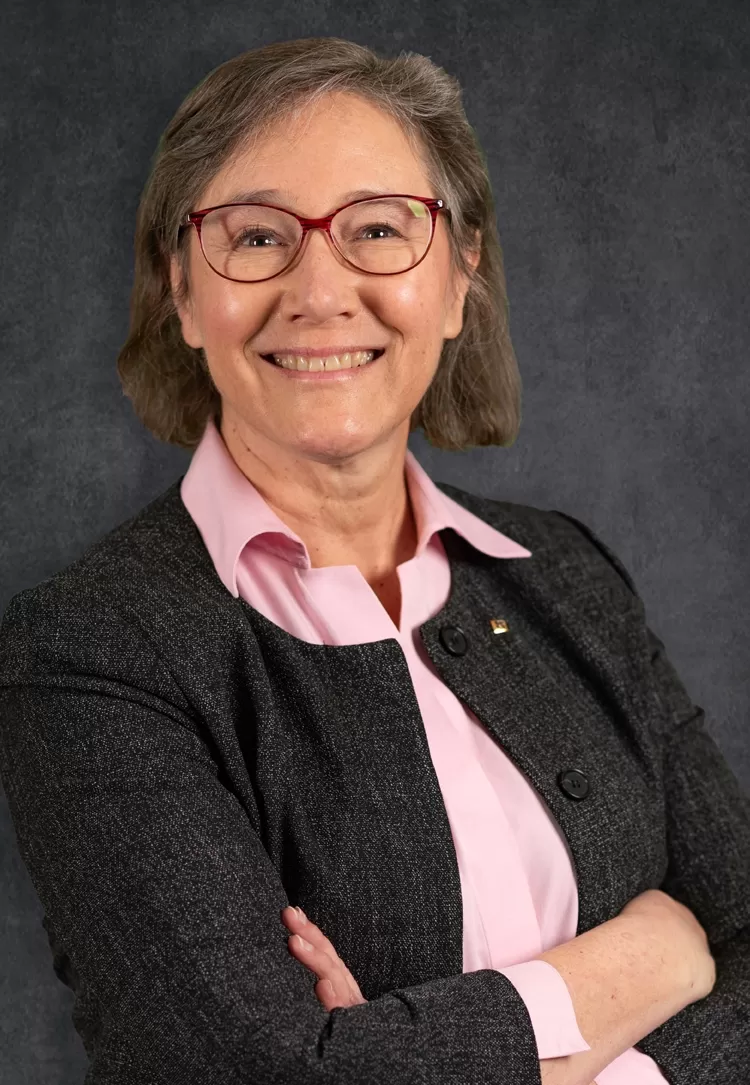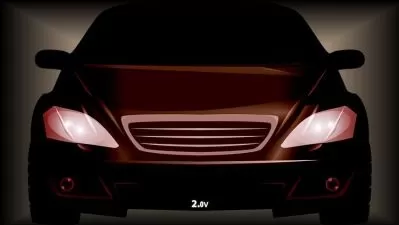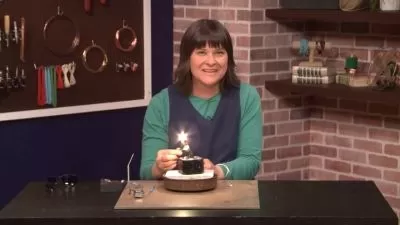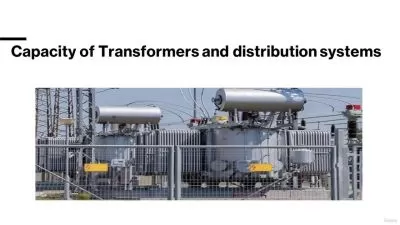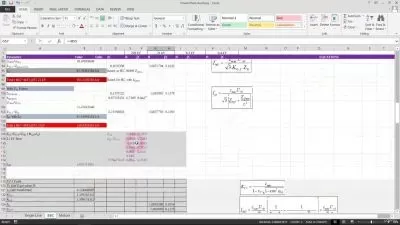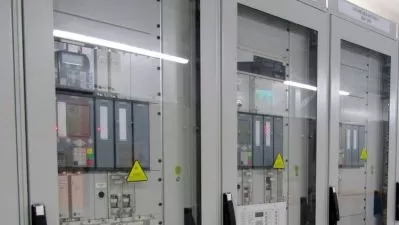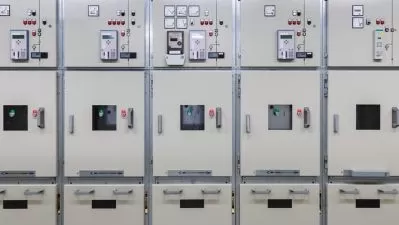Electrical Engineering for Everyone
Laura J. Bottomley
12:37:26
Description
So much of our everyday life is tied to electricity. Thanks to electrical energy, we have everything from reliable hot water to life-saving medical equipment. Whether in individual homes and offices or throughout the infrastructure of an entire city, electricity powers every part of our world.
Though we are grateful for the reliability of our electrified world, most of us don’t understand much about it. Electricity can still seem like the “magic” our ancestors imagined it to be when they saw it in the natural world. But electricity is considerably more amazing than magic, as you’ll see in the 24 fascinating lectures of Electrical Engineering for Everyone. With dozens of live demonstrations, along with explanatory graphics and video, Dr. Laura J. Bottomley brings you on the amazing journey of electrical engineering—the discipline that has taken us from the electric lightbulb to interstellar space to artificial intelligence in less than 150 years.
Four Magical Revolutions
In the 18th century (and even earlier), scientists who worked to understand electricity in the lab produced disparate bits and pieces of knowledge with no cohesive theory. It wasn’t until the mid-19th century that James Maxwell wrote a series of papers that provided unity for the field. Eventually synthesized into four robust equations, Maxwell revealed the relationships between electricity, magnetism, and light. As Dr. Bottomley clearly shows in this course, all our technological developments since that time—from the first power delivery station to the robots we’ve sent to other planets—are based on the powerful truths revealed in Maxwell’s equations.
Built on Maxwell’s equations, the field of electrical engineering has experienced four distinct revolutions in the past 150 years, each of which increased our knowledge of the world around us, improved the quality of life for masses of people, and led to the opportunity for further discoveries. Revolution One brought the transmission of electrical energy with wires, which provided electric power to homes and businesses and produced the telegraph and telephone. Revolution Two brought the transmission of electric energy without wires. This phase started with radio, which led to television, satellites, and other forms of wireless communications. Revolution Three occurred when we learned to control electrons with transistors, which led to electronics and photonics. And Revolution Four produced computers and communication systems to create intelligent applications, including brain-controlled prosthetics, self-driving cars, and advanced robotics.
The Process of Invention
How did all of this happen? How did we move from the absolute certainty that electricity was magic to the ability to build machines that learn from their own successes and failures? The answer involves teams of people working together to solve unique problems, often opening doors to greater challenges and solutions. In this course, you’ll learn the fascinating stories of numerous discoveries and inventors, including:
- Alexander Graham Bell. Although the myth persists, Bell did not make the first telephone call in 1876 by yelling for help from his assistant because he had spilled acid on himself. Bell and Thomas A. Watson had been working together methodically, keep detailed notebooks describing their attempts to improve the telegraph system so that it could send multiple messages simultaneously. In the course of their work, they discovered that speech could be transmitted over a pair of telegraph wires.
- Guglielmo Marconi. Did Marconi really invent the radio? Although he demonstrated the capabilities of early radio, that equipment was based on the contributions of Heinrich Hertz and Nikola Tesla, whose development of the Tesla coil led to the radio oscillator.
- Jaap Haartsen. Dutch engineer Jaap Haarsten is credited with the development of Bluetooth short-range wireless technology in the 1990s. His design was based on a frequency-hopping technology conceived during World War II by the Austrian-born American actress who went by the stage name Hedy Lamarr.
Seeing Is Believing
Learning about electrons, circuits, batteries, and sensors makes a lot more sense when you can see it all in action—and that’s exactly what Electrical Engineering for Everyone provides. Dr. Bottomley’s passion for this field comes alive as she demonstrates dozens of concepts, laws, and principles of electrical engineering throughout the course. As you actively see the effects of electrons moving in circuits, magnetic fields, fiber optics, sensors, and more, you will better understand the ways in which electricity and electronics operate in your own life. Some of the demonstrations you will see include:
- Electromagnetic Fields, demonstrated with the Tesla coil. Although there is no way to see an electromagnetic field itself, we can watch these fields transmit energy to something we can see. Fluorescent bulbs were designed to emit light when they’re placed in an electromagnetic field of a certain strength. The Tesla coil creates an electromagnetic field, and you’ll see the light in the bulb intensify and fade as the distance to the field increases and decreases.
- The Basic Electric Circuit, demonstrated with a lamp. With two wires, you’ll see that the filament inside the light bulb completes the circuit as the bulb makes contact on one side with a metal screw and on the other side with a metal button that touches the socket tab when screwed in.
- Photonics, demonstrated with optical fiber. Photonics, in which light, as opposed to electricity, is used to carry information, has several advantages over electrical circuits. One of the most significant benefits is that photons stay in the wires/fiber and do not escape out the side. This demo shows that the laser light entering the fiber stays in the fiber, even if the angle of the laser changes or the fiber itself is twisted. This is due to the specific index of refraction of each of the fiber’s layers, allowing for total internal reflection.
What comes next in electrical engineering? Although we can’t know what will come next any more than Thomas Edison could have envisioned the hundreds of geosynchronous satellites we now rely on for daily communication, the National Academy of Engineering has established 14 “Grand Challenges for Engineering in the 21st Century” whose solutions would benefit all. Some challenges that specifically speak to electrical engineers include making solar energy economical, improving and restoring urban infrastructure, and engineering the tools of scientific discovery, among others.
As electrical engineers tackle these enormous challenges, Maxwell’s equations will guide the way, just as they have in the past, along with the vital scientific properties of electricity and magnetism that you will learn for yourself in Electrical Engineering for Everyone.
More details
User Reviews
Rating
Laura J. Bottomley
Instructor's CoursesLaura J. Bottomley is the director of Women in Engineering, Engineering Education, and The Engineering Place at NC State University, where she earned her PhD in Electrical Engineering. She has worked at Texas Instruments and Bell Laboratories and has received the Presidential Award for Excellence in Mathematics, Science and Engineering Mentoring. She was named a fellow of the Institute of Electrical and Electronics Engineers and was elected to the YWCA Academy of Women. She is the author of Creating a Better World: Innovation, Ingenuity, and Engineering.

The Great Courses
View courses The Great Courses- language english
- Training sessions 25
- duration 12:37:26
- English subtitles has
- Release Date 2023/08/19





